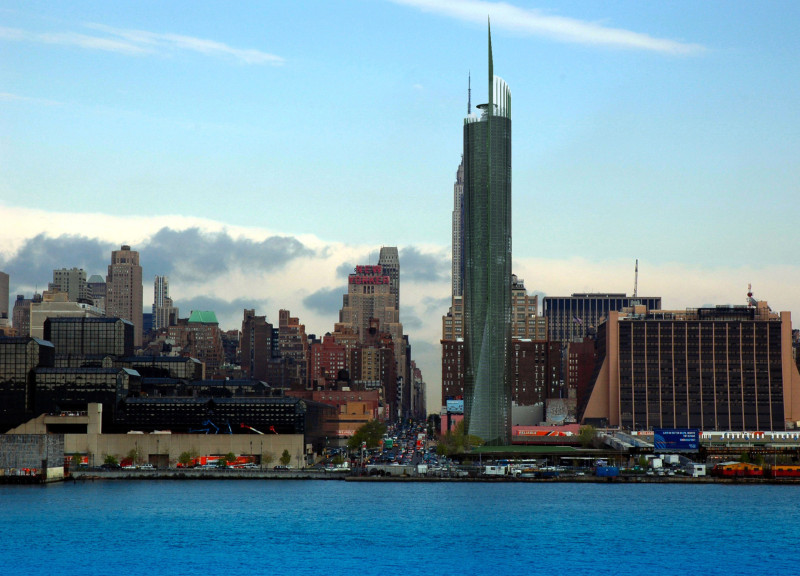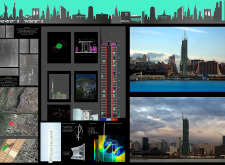5 key facts about this project
Design and Distinctive Features
This architectural design showcases a circular geometry that promotes seamless transitions and a fluid interaction between various elements of the structure. The building’s slender profile allows for expansive glass façades, maximizing natural light penetration and offering unobstructed views of the city. This thoughtful integration of glass enhances energy efficiency, contributing to the building’s sustainability goals.
The use of vertical axis wind turbines is a notable feature that distinguishes this project from others. These turbines generate renewable energy, demonstrating a commitment to reducing the building's carbon footprint. Additionally, the green roof systems serve a dual purpose: they provide insulation and assist in stormwater management, further exemplifying the project’s dedication to environmental responsibility.
Sustainability and Community Engagement
The project incorporates extensive landscaping elements, integrating nature within the urban setting. Features such as green walls and planter boxes not only improve aesthetic quality but also educate occupants and visitors about sustainable practices. The design prioritizes accessibility, ensuring that outdoor spaces are used for social interaction and community building.
The architectural plans reflect a comprehensive approach, considering factors such as airflow, shading, and urban density. The implications of these studies inform the project’s orientation and layout, creating a comfortable environment for occupants while minimizing energy consumption. The substantial use of reinforced concrete and steel reinforces the building's structural integrity, ensuring durability within a dynamic urban context.
For a thorough understanding of the architectural concepts and elements involved in this project, readers are encouraged to explore the architectural plans, sections, and overall design strategies. Detailed insights into the architectural ideas utilized in this project will provide a deeper appreciation for its innovative approaches and practical implementations.























